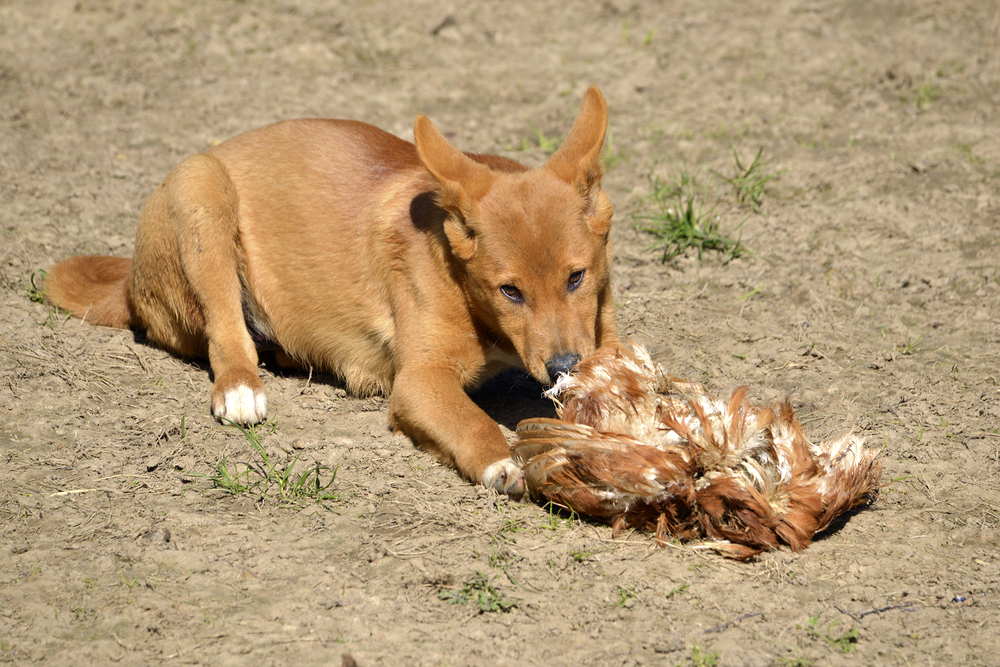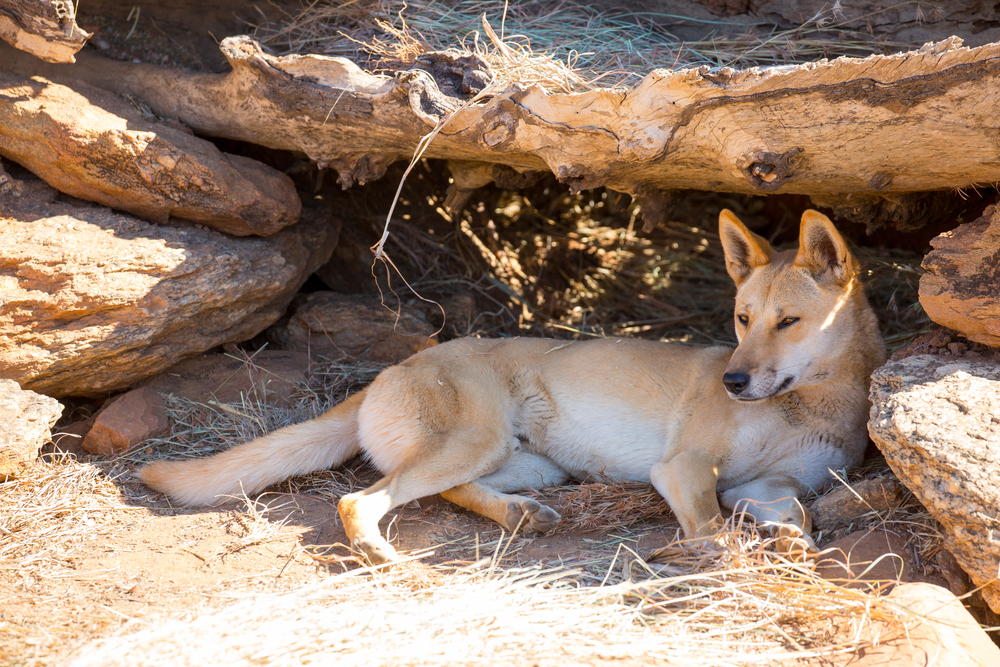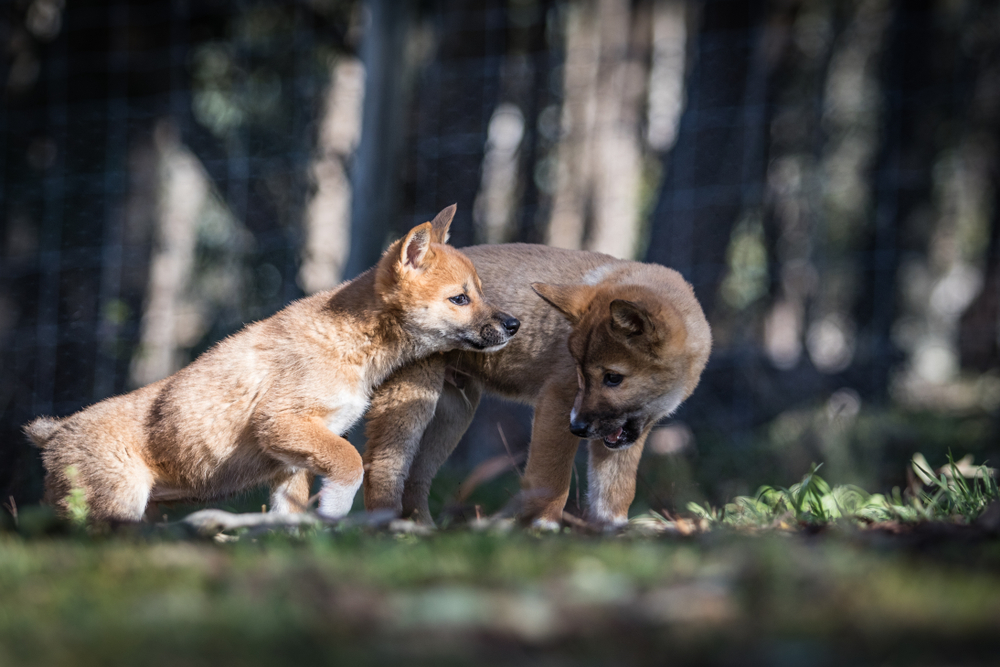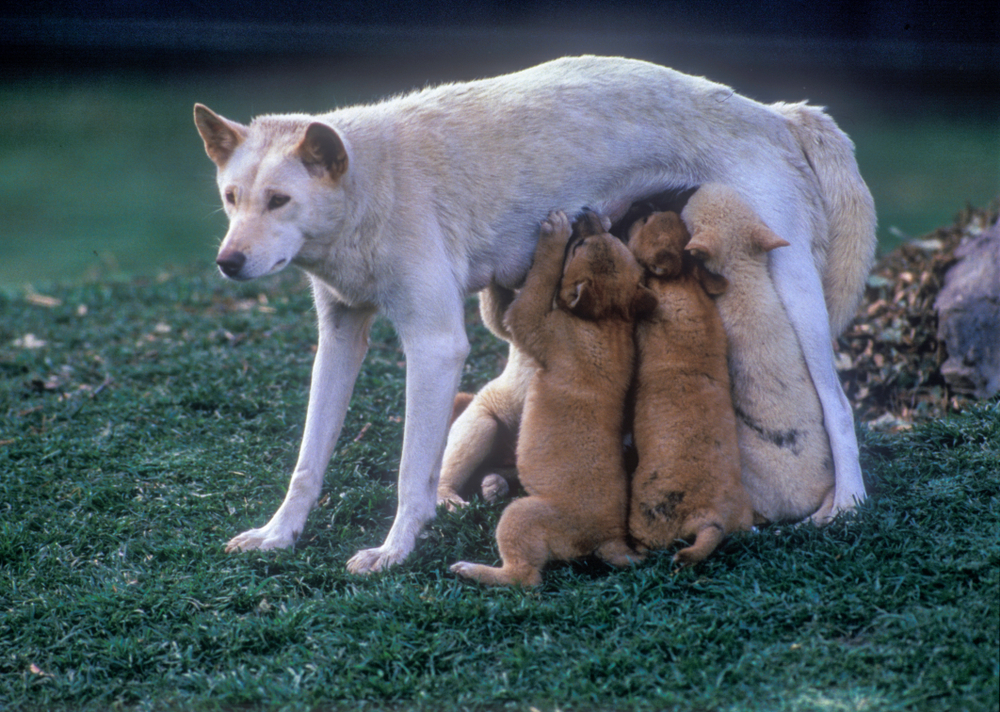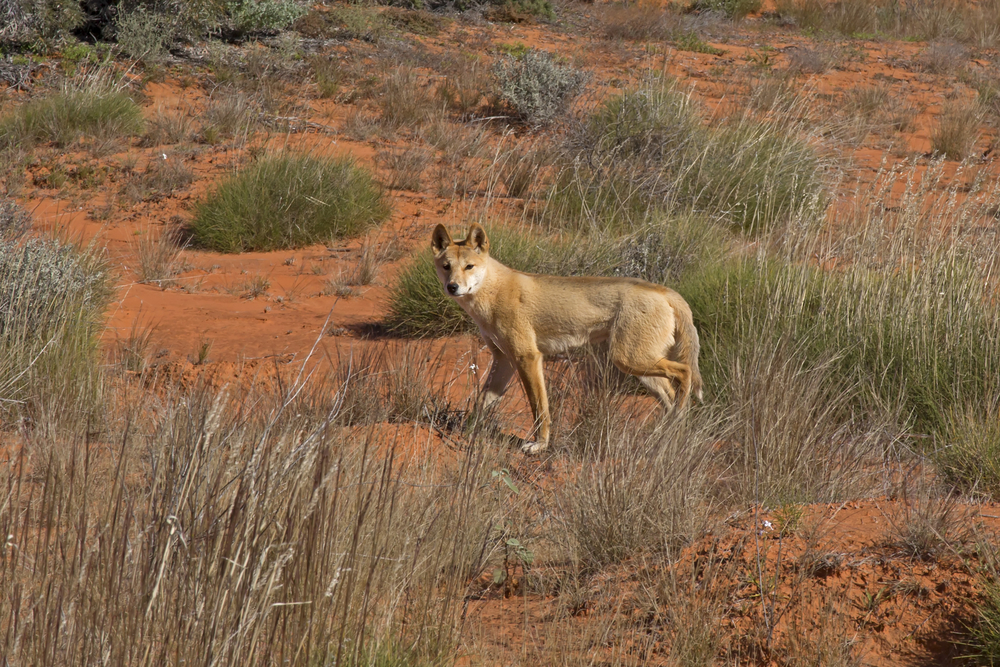The Dingo, Australia’s wild canine, differs from domestic dogs in several significant ways, reflecting their different evolutionary paths and lifestyles:
- Genetic Differences: While both dingoes and domestic dogs (Canis lupus familiaris) share a common ancestor in the gray wolf, dingoes have remained isolated in Australia for thousands of years, leading to distinct genetic traits. Their genetic makeup is more closely related to ancient, primitive dogs than to modern domestic breeds.
- Physical Characteristics: Dingoes typically have a leaner build, a broader head, and longer muzzles compared to most domestic dogs. They also have larger, more upright ears, and their tails are bushier. Dingoes often have a uniform coat color, commonly sandy to reddish-brown, whereas domestic dogs exhibit a wide range of coat colors and patterns.
- Behavioral Traits: Dingoes are more independent and less inclined to seek human affection or approval than domestic dogs. They are known for their high level of alertness, wariness of strangers, and strong survival instincts.
- Vocalization: Dingoes howl more and bark less compared to domestic dogs. Their howling is used for long-range communication, such as marking territory and coordinating with pack members.
- Reproductive Cycle: Dingoes generally have a more regulated breeding cycle, often breeding only once a year, whereas domestic dogs can have multiple estrus cycles and breed more frequently.
- Lifestyle: Dingoes are adapted to a wild, free-ranging lifestyle, often living and hunting in packs or alone, depending on the environment. In contrast, domestic dogs have been bred for various roles in human society and are adapted to living in close association with humans.
- Diet and Hunting: Dingoes are natural hunters and scavengers, with a diet primarily consisting of meat. They hunt or scavenge for their food, unlike domestic dogs, which are usually fed by humans.
- Trainability and Socialization: Domestic dogs have been bred for trainability and sociability with humans over thousands of years, resulting in a wide range of temperaments and abilities to learn commands and perform tasks. Dingoes, being wild animals, do not exhibit the same levels of trainability or comfort with human interaction.
These differences highlight the dingo’s adaptation to a wild, untamed environment, contrasting with the domestic dog’s evolution alongside human society. Understanding these distinctions is essential in appreciating the unique nature of the dingo and its role in the Australian ecosystem.






































































